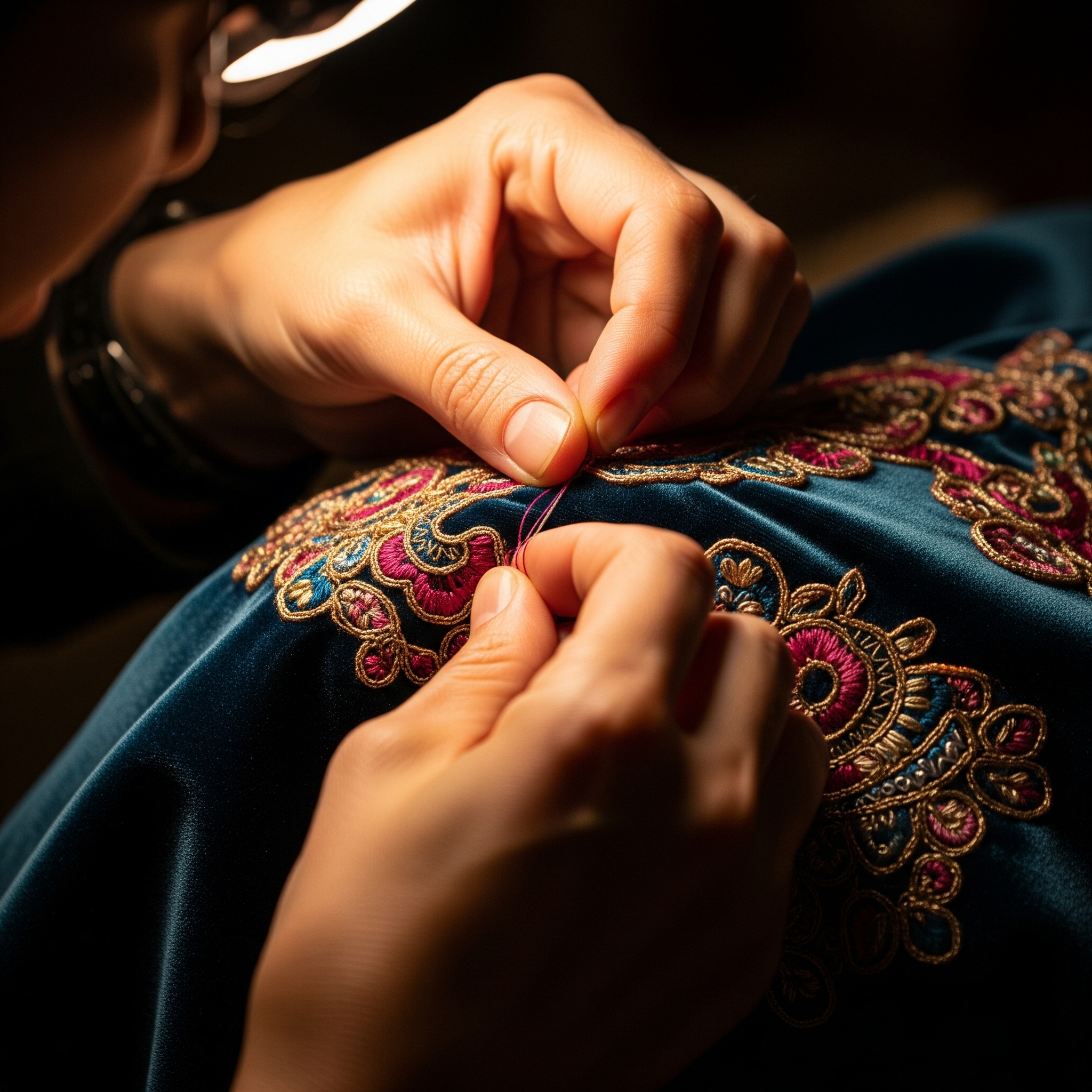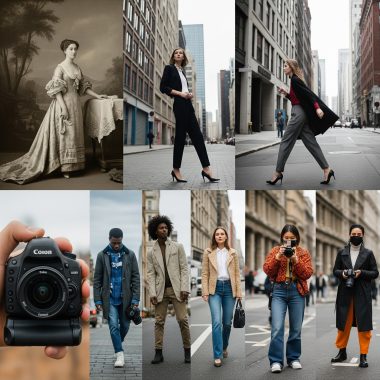In an era dominated by mass production and rapid consumption, there is a growing appreciation for the meticulous skill and unique beauty of craftsmanship in fashion. The resurgence of interest in hand-made garments, intricate details, and artisanal techniques represents a powerful counter-narrative to the fast fashion cycle. It’s a return to valuing quality over quantity, longevity over disposability, and the human touch that imbues a garment with soul and character.
At the heart of this resurgence is the recognition of unparalleled quality. Hand-crafted items are often made with superior materials and an attention to detail that machines simply cannot replicate. A hand-stitched seam, for example, is often stronger and more flexible than a machine-stitched one, allowing the garment to drape better and last longer. Artisans meticulously select fabrics, cut patterns with precision, and meticulously finish every edge. This dedication results in garments that not only look exquisite but also feel luxurious and are built to endure, becoming cherished pieces rather than temporary trends.
Beyond durability, craftsmanship imbues garments with unique character and individuality. No two hand-made items are exactly alike. The subtle variations, the slight imperfections, and the unique touch of the artisan make each piece one-of-a-kind. This stands in stark contrast to the uniformity of mass-produced clothing. Owning a hand-crafted item is about possessing something special, something that tells a story of human skill and dedication, rather than just being another identical product off an assembly line. It allows the wearer to express a more refined and distinctive personal style.
The renewed focus on craftsmanship also aligns with the principles of sustainability and ethical production. Artisanal production often involves smaller scales, reduced waste, and a more mindful use of resources. Many traditional crafts utilize natural dyes and locally sourced materials, minimizing environmental impact. Furthermore, supporting craftsmanship often means supporting skilled artisans and their communities, ensuring fair wages and preserving traditional knowledge. This ethical dimension appeals to consumers who are increasingly conscious of the social and environmental footprint of their purchases, seeking transparency and responsible practices within the fashion industry.
The process of creating a hand-made garment is an act of artistry and dedication. It often involves years of training and practice to master complex techniques, whether it’s intricate embroidery, delicate lacework, precise tailoring, or specialized weaving. Each stitch, each knot, each brushstroke is a testament to the artisan’s skill and patience. This human element connects the wearer to the maker, fostering a deeper appreciation for the garment’s creation story. It transforms clothing from a mere commodity into a work of art, a piece imbued with human effort and passion.
Moreover, the resurgence of craftsmanship is a way to preserve traditional skills and cultural heritage. Many artisanal techniques are centuries old, passed down through generations. In a rapidly modernizing world, these skills are at risk of being lost. By valuing and investing in hand-made fashion, consumers contribute to the preservation of these invaluable crafts, ensuring that the knowledge and artistry continue to thrive. This helps maintain cultural diversity in fashion, offering alternatives to homogenized global trends.
In conclusion, the resurgence of craftsmanship in fashion is a powerful movement that celebrates quality, individuality, and ethical production. It is a testament to the enduring value of the human touch in an increasingly automated world. As consumers seek more meaningful and sustainable ways to engage with fashion, the meticulous precision and unique beauty of hand-made garments will undoubtedly continue to gain prominence, reminding us that true luxury often lies in the artistry of the human hand.



